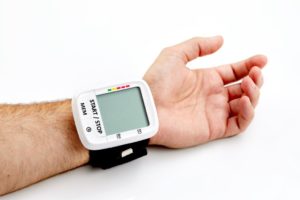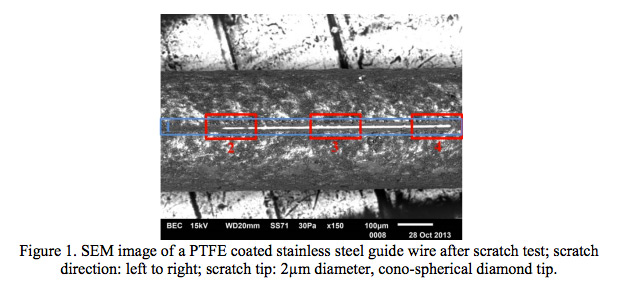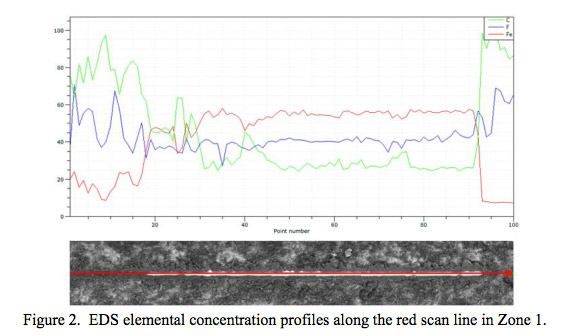- Lab Services
- Surface Roughness & 3D Topography
- Chemical
- Color Measurement
- Contact Angle
- Gloss Measurement
- Liquids
- Mechanical
- Abrasion
- Contact Stylus Surface Roughness Analysis
- Depth Profiling
- Express Property Mapping through Accelerated Nanoindentation
- Macroscratch
- Microindentation
- Microscratch
- Modulus Mapping
- NanoDMA
- Nanoindentation
- Nanoscratch
- Rheology
- Scratch Testing ISO 1518
- Shore A and Shore D Hardness
- Universal Testing Machine
- Metallurgy
- Microscopy
- Particle Size
- Peel Strength
- Pore Size
- Technical Consulting
- Thermal
- Tribological
- X-Ray Diffraction
- Zeta Potential
- Products
- Industries
- Resources
- About Us
- Testimonials
- Contact Us


 Medical devices can be comprised of a diverse selection of materials that are used in and around the body. It is important to know which materials the body will accept upon implantation and their mechanical properties once implanted. At Ebatco, material testing is handled by our skilled team of laboratory scientists. Our laboratory scientists use the utmost care when handling customer samples, conduct material testing efficiently and accurately, and prepare professional reports that give results both numerically and graphically. The services and data that Ebatco provides will integrate well into your company’s development or verification plan.
Medical devices can be comprised of a diverse selection of materials that are used in and around the body. It is important to know which materials the body will accept upon implantation and their mechanical properties once implanted. At Ebatco, material testing is handled by our skilled team of laboratory scientists. Our laboratory scientists use the utmost care when handling customer samples, conduct material testing efficiently and accurately, and prepare professional reports that give results both numerically and graphically. The services and data that Ebatco provides will integrate well into your company’s development or verification plan.

